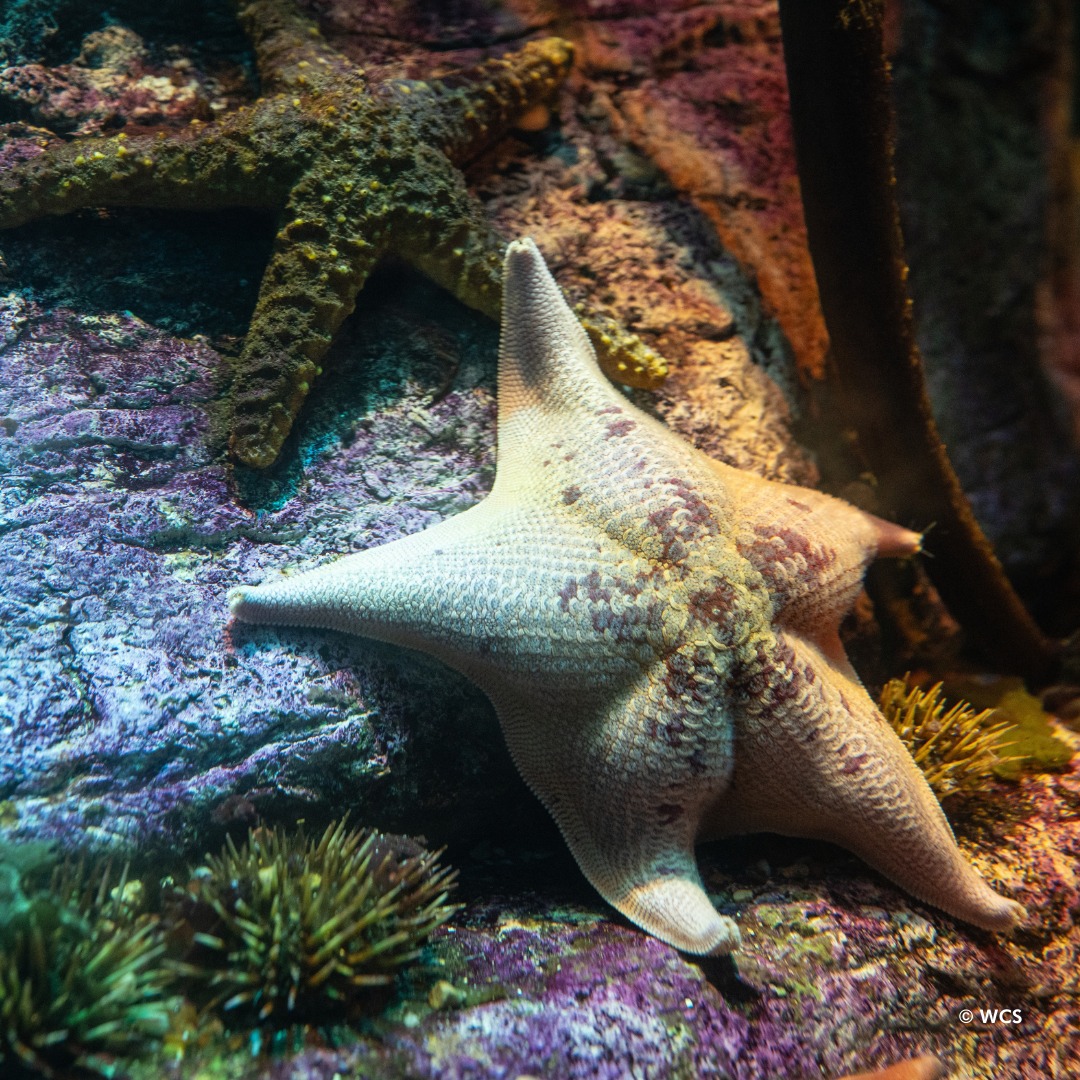- The Physical Characteristics of Bat Sea Stars
- Adaptations and Survival Mechanisms
- Ecological Importance of Bat Stars
- Exploration into their Diverse Colorations
- Role of Bat Stars in Wildlife Conservation
The Physical Characteristics of Bat Sea Stars
Bat sea stars, scientifically known as Patiria miniata, exhibit physical features that are both intriguing and distinctive among marine invertebrates. Their name is derived from the webbing found between their short arms, which can remind one of a bat’s wing structure. Unlike the typical elongated arms of traditional sea stars, bat stars have relatively short appendages, usually numbering between five and nine. This unique webbing between the limbs acts as an adaptation that aids in their navigation through the dynamic environments of the Pacific Ocean.
Typically measuring up to eight inches in diameter, bat stars boast a range of vibrant colors, including red, orange, yellow, brown, green, and purple. These variations can occur within the same population, making them a spectacle to marine enthusiasts and researchers alike. Their skin is generally smooth, contrasting with the spiny texture often seen in other sea star species, further contributing to their distinctive profile.
Adaptations and Survival Mechanisms
One fascinating adaptation of the bat sea star is its ability to secrete a mucus-like substance when threatened by predators. This mucus is not only repulsive in taste but also plays a role in deterring potential threats. The production of this chemical deterrent showcases the bat star’s evolutionary strategy for survival in marine habitats teeming with predatory species.
In addition to its mucus defense, the bat star possesses remarkable regenerative capabilities. If an arm is lost to a predator or environmental damage, the bat star can regenerate it over time, ensuring its functional viability. This process involves complex biological mechanisms that researchers continue to study in hopes of understanding regeneration more broadly.
Ecological Importance of Bat Stars
Bat stars play a critical role in their ecosystems as both predator and prey. As scavengers, they feed on detritus, algae, and small invertebrates found along the ocean floor, helping to maintain cleanliness and nutrient recycling in their habitats. By controlling algal populations, bat stars contribute to the ecological balance of intertidal zones, preventing the overgrowth that could otherwise disrupt local species dynamics.
Their presence also supports the marine food web by providing sustenance to various predators. Sea otters, gulls, and larger fish species are known to include bat stars in their diet, relying on them as a key nutritional source. This positions bat stars as integral components in the food chain, underscoring their ecological significance.
Exploration into their Diverse Colorations
The vibrant display of colors exhibited by bat sea stars is more than just visually appealing; it serves practical purposes rooted in survival and adaptation. Camouflage is a likely function, enabling bat stars to blend with the diverse substrates of the ocean floor. This ability to match their environment offers some protection against predators.
The precise reasons for their color diversity remain a subject of scientific inquiry. Some hypotheses suggest that genetics, diet, and habitat conditions may contribute to the variations observed among individuals. Further research is required to understand how these factors influence pigmentation, providing insights into evolutionary processes and environmental interactions.
Role of Bat Stars in Wildlife Conservation
Bat stars also hold a place in wildlife conservation. As bioindicators, they help scientists monitor the health of marine ecosystems. Their responses to environmental changes, such as temperature fluctuations and pollution, provide crucial data that inform conservation strategies. Monitoring bat star populations assists in assessing the impact of human activities on ocean health, guiding efforts to preserve marine biodiversity.
Efforts to protect habitats where bat stars thrive form part of broader marine conservation initiatives. Establishing marine protected areas and regulating human activities such as fishing and coastal development have become pivotal in safeguarding these creatures. Such measures not only benefit bat stars but also enhance the resilience of entire marine ecosystems.
In addition to ecological contributions, bat stars serve as educational ambassadors in marine reserves and aquariums, where they contribute to public awareness and understanding of oceanic life. By encouraging curiosity and appreciation for marine biology, these initiatives foster an environment of stewardship and conservation among communities and future generations.
Recognition and preservation of the bat sea star’s role within marine ecosystems underscore the interconnectedness of life beneath the waves. As humanity continues to explore and comprehend the oceans’ complexities, bat stars remain symbols of the intricate balance to be maintained to ensure a thriving, biodiverse future.
*****
Source Description
Meet the bat sea star! Their name comes from the webbing between their short arms. Bat stars come in many colors, including red, orange, yellow, brown, green, and purple. Fun fact: When threatened by predators, bat stars cover their bodies in a bad-tasting mucus. Next time you visit, see if you spot them in Spineless!


